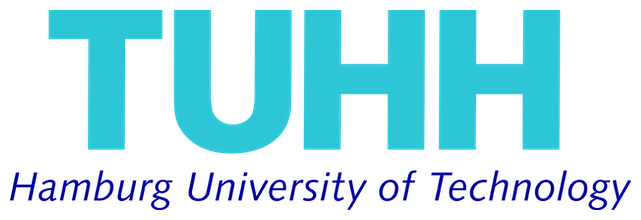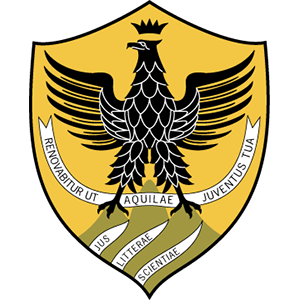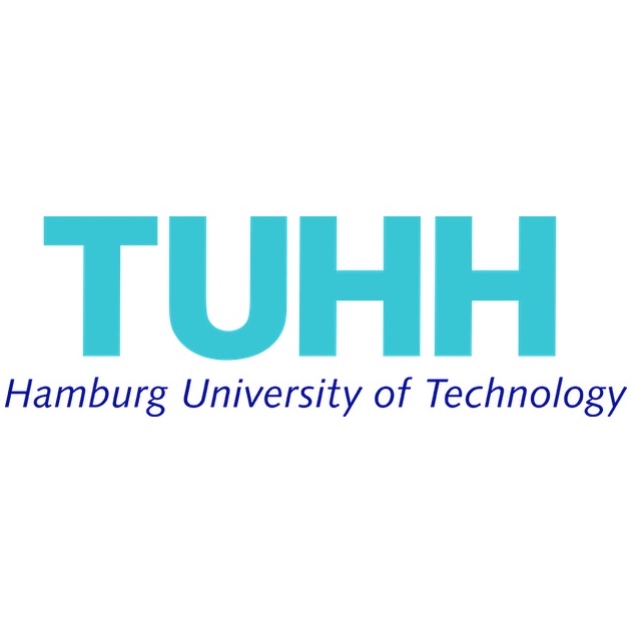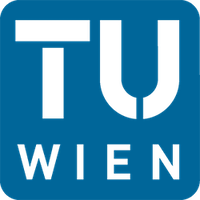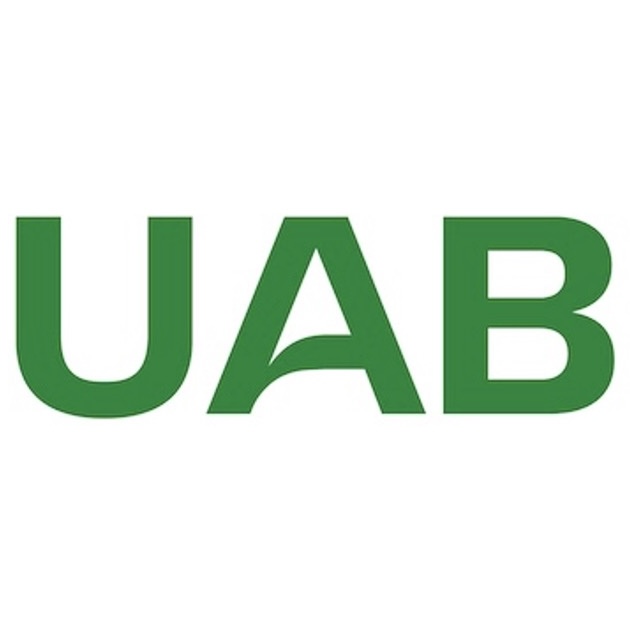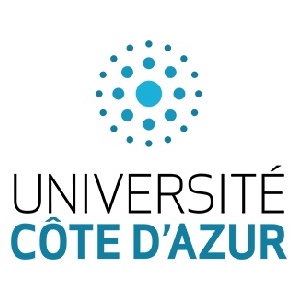Hamburg University of Technology (TUHH), Germany
Technische Universität Hamburg
TUHH is a young and striving technical university with a clear profile in research and innovative learning methods where theory and practice meet. In 1994, it was the first German university to introduce a Bachelor's degree, and its extensive English-language study programmes attract students from all over the world (such as, e.g., a joint European master in environmental studies that was also funded through the Erasmus Mundus programme). TUHH secures additional private and public sector research funding equaling almost half of the university's non third-party budget.
The Institute of Mathematics at TUHH plays a key-role in developing the mathematical foundations in research and education for all engineering areas in Hamburg, leading to projects such as e.g.:
- FMTHH project on laser tumor theragnostics, P. I. Christian Seifert (senior research assistant in Marko Lindner's group): jointly with C. Krisp (UKE), 2018–2019.
- FMTHH project on image segmentation and inpainting in MRI images, P. I. Marko Lindner, jointly with S. Mohammadi (UKE), 2018-2020,
- I3-Lab on Business Analytics and Maritime Logistics, P. I. Anusch Taraz, jointly with Kathrin Fischer, Carlos Jahn, Thomas Wrona (all TUHH), 2019-2022
- DFG Priority programme SPP 1679 “Dynamic simulation of interconnected solids processes” (2013-19, Le Borne),
- DFG Project “Stochastic Contour Integral Methodology for the Computation of Two-Dimensional Electromagnetic Wave Propagation” (2016-19, Lindner),
- DFG project on stochastic boundary integral eq's in EMC, P. I. Anusch Taraz, involving Christian Seifert, Marko Lindner, Christian Schuster, 2016-2019,
- Joint Research Project with University Medical Center (UKE) on "Improving quality of spinal cord DTI using inpainting" (2018-2020, Lindner)
InterMathsTUHHCoordinator
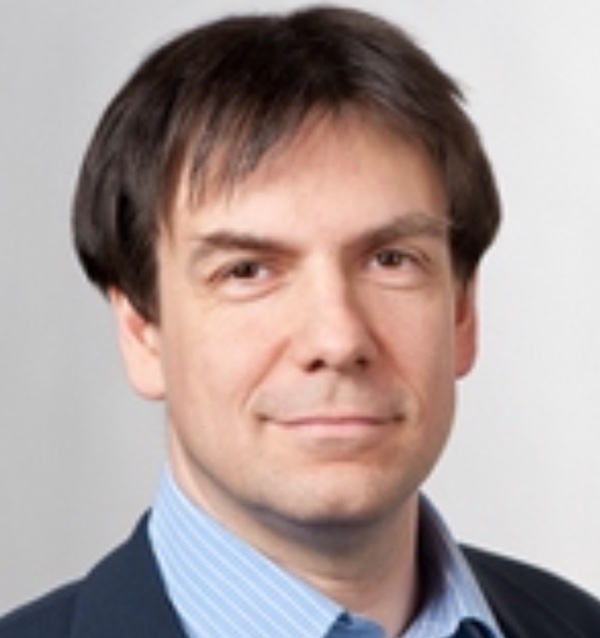
Hamburg University of Technology, TUHH
Chair Discrete Mathematics
Semester #2 Cohort #2025 @ TUHH
Numerical – Modelling Training;
ECTS Credits: 6 | Semester: 2 | Year: 1 | Campus: Hamburg University of Technology | Language: English | Code: DT0651
Unit Coordinator: Daniel Ruprecht
Aims:
Students are able to list numerical methods for the solution of ordinary differential equations and explain their core ideas, repeat convergence statements for the treated numerical methods (including the prerequisites tied to the underlying problem), explain aspects regarding the practical execution of a method, select the appropriate numerical method for concrete problems, implement the numerical algorithms efficiently and interpret the numerical results.
Content:
Pre-requisites:
Analysis, Linear Algebra, Basic MATLAB knowledge
Reading list:
Students studying in Year 2 at UniCa will take:
ECTS Credits: 6 | Semester: 2 | Year: 1 | Campus: Hamburg University of Technology | Language: English | Code: DT0654
Unit Coordinator: Matthias Schulte
Aims:
This course provides an introduction to probability theory and stochastic processes with special emphasis on applications and examples. The first part covers some important concepts from measure theory, stochastic convergence and conditional expectation, while the second part deals with some important classes of stochastic processes.
Content:
Pre-requisites:
Familiarity with the basic concepts of probability
Reading list:
ECTS Credits: 6 | Semester: 2 | Year: 1 | Campus: Hamburg University of Technology | |
Unit Coordinator: Martin Burger
Aims:
This course will provide an introduction to some basic mathematical problems in image formation and image reconstruction. In addition to modelling forward problems, we consider classical regularization strategies, ensuring well-posedness of the image reconstruction problems. Beyond this classical setting, we dive into modern deep-learning methods, which allow solving inverse problems in a data-dependent approach. Finally, we also consider uncertainty quantification, where we employ the Bayesian view point of inverse problems.
Content:
Pre-requisites:
Analysis, Linear Algebra, Basic Numerical Analysis and some programming skills
Reading list:
Mueller, J. L., & Siltanen, S. (Eds.). (2012). Linear and nonlinear inverse problems with practical applications. Society for Industrial and Applied Mathematics. Natterer, F., & Wübbeling, F. (2001). Mathematical methods in image reconstruction. Society for Industrial and Applied Mathematics.
Mathematical modelling and simulation heavily rely on scientific computing, seen as a scientific area encompassing numerical analysis, finite-element methods, numerical optimization, parallel computing. These keywords are the core or applied mathematics in that they train the use of advanced computing capabilities to solve complex models in a wide set of disciplines. The second semester at TU Hamburg provides a selected list of subjects in this framework, plus some additional subjects that complement the student’s knowledge to continue with Year 2 studies.
The Institute of Mathematics at TU Hamburg puts into place a group combining four chairs: Applied Analysis, Computational Mathematics, Numerical Mathematics, and Stochastics.
The computational part of this semester is taught by experts in the fields such as Sabine Le Borne (Professor in numerical mathematics with longstanding experience with computational mathematics programs) and Daniel Ruprecht (an expert in the parallelization of numerical methods).
Two additional courses are offered in this semester. A first one on Probability Theory provides a sound theoretical basis on stochastic modelling and an overview on its applications. This course is taught by Matthias Schulte, an internationally acknowledged expert in the field with wide range of expertise on probability, stochastics, large deviations, and random graphs (this course prepares for the specialization branch taught in Nice). A second complementary course on Variational Calculus provides a sound basis to the topics of Semester 3 at TUHH on biomedical imaging. This course is taught by Thomas Schmidt, an expert of calculus of variations and geometric PDEs, and by Ingenuin Gasser, who is an internationally acknowledged applied mathematician and a longstanding expert in managing international MSc programmes as well.
September 2025
September 2026
September 2026
Campus
Hamburg University of Technology
Cohort
2025
Semester
2
ECTS Credits
Semester #3 Cohort #2025 @ TUHH
Computational Methods in Imaging;
ECTS Credits: 6 | Semester: 1 | Year: 2 | Campus: Hamburg University of Technology | Language: English |
Unit Coordinator: Dr. Jens-Peter M. Zemke
Content:
Reading list:
Skript
Online-Werke:
The specialisation track "Computational methods in biomedical imaging" will be mainly offered by the School of Electrical Engineering, Computer Science and Mathematics at TUHH. It will also involve teaching staff members from the University of Hamburg (UHH) and researchers from Universitätsklinikum Hamburg-Eppendorf (UKE). Courses in this track address both classical and modern mathematical modelling and simulation techniques in biomedical imaging. In total, they convey an understanding of the complete range of engineering, programming and mathematical aspects of biomedical imaging.
The course “Computer Tomography“ is taught by Armin Iske, who is affiliated with UHH and associated with UKE. It covers the mathematical instruments involved in the process of transforming data into images with a particular focus on CT and MRI, such as Radon transform, back projection, algebraic reconstruction and kernel-based reconstruction. This is complemented by the course “Medical Imaging“, which is taught by Tobias Knopp, who has a double appointment at TUHH and UKE. This course is geared towards both the underlying physics of imaging as well as the respective numerical algorithms and their efficient implementation. Furthermore, the course “Mathematical Image Processing“, taught by M. Lindner from the Institute of Mathematics at TUHH, deals with concepts of image processing and their mathematical background such as denoising, edge detection, deconvolution, inpainting, segmentation and registration. On the other hand, the course “Intelligent Systems in Medicine“, taught by A. Schlaefer from the Institute of Medical Technology, provides another perspective by addressing topics such as kinematics, tracking systems, navigation and image guidance in clinical contexts. The application-oriented course “Case studies in medical imaging“, supervised by Anusch Taraz (the local coordinator at TUHH) and Ingenuin Gasser from UHH, brings to bear the newly achieved techniques by applying them in specific, realistic situations.
Overall, the specialisation track “Computational methods in biomedical imaging“ is founded on the close interaction between TUHH and UHH together with UKE, which is strengthened even further by the Hamburg research center on medical technology (FMTHH), where many scientists (including all of those mentioned above) run joint research projects in the areas of biomobility, networked implants and imaging. Students in this track will benefit thoroughly from this active research environment. Moreover, they can make use of the ample opportunities to write their thesis in cooperation with one of the companies working on medical technology, such as Jung Diagnostics and Basler.
September 2025
September 2026
September 2026
Campus
Hamburg University of Technology
Cohort
2025
Semester
3

